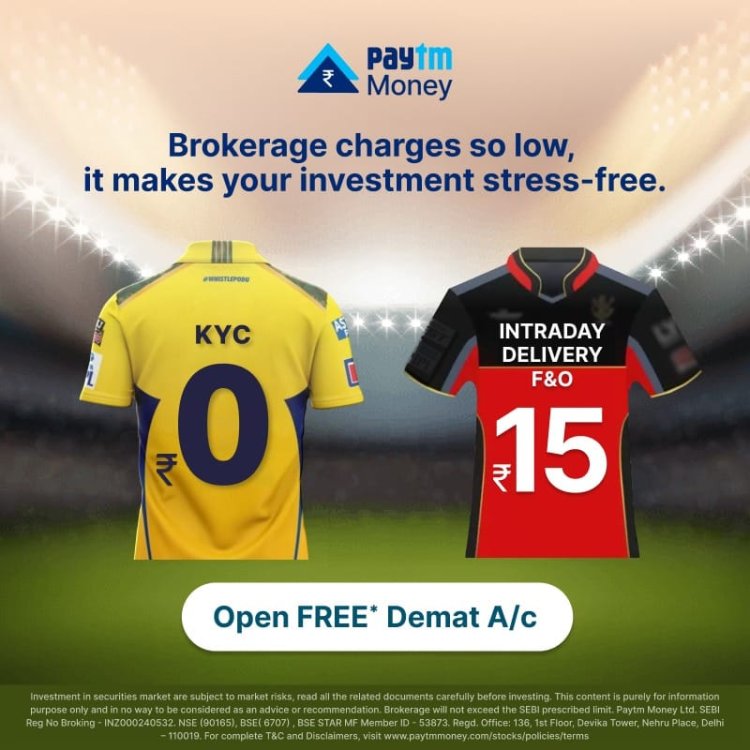Products that provide flexible flow solutions Aeroflex Industries will be the sixth initial public offering (IPO) to go public this month.
Here are 10 key things to know before subscribing to the offer:
1) IPO Dates
Starting on August 22 and ending on August 24, bids will be accepted for the offer.
2) Price Band
The share price range for the book-built issuance is 102-108 Indian Rupees.
3) Offer Details
The Mumbai-based provider of flexible flow solutions plans to collect Rs 351 crore through a public issue, targeting the high end of the price range. Both new shares worth Rs 162 crore and 1.75 crore shares being offered for sale (OFS) by promoter firm Sat Industries are part of the IPO.
Prior to submitting the misleading prospectus to RoC, the company sold 86.9 million shares of stock to institutional investors like Ashish Kacholia, Carnelian Structural Shift Fund, Bengal Finance, Mitul Prafulbhai Mehta, Samedh Trinity Partners, Jagdish Master, Shyamsundar Basudev Agarwal, and VPK Global Ventures Fund, netting them a total of Rs 76.14 crore.
4) Objectives of Issue
Excluding offer expenses, the proceeds from the new offering will be used to repay certain borrowings totaling Rs 32 crore, meet working capital requirements of Rs 84 crore, and for other general corporate purposes and acquisitions.
The selling shareholder will receive the money from the sale offer.
5) Lot Size
The minimum number of shares an investor can purchase is 130, and subsequent purchases must be in 130-share increments. Therefore, the lowest amount an individual retail investor could invest is Rs 14,040 (1 lot = 130 shares x Rs 108 issue price per share), while the highest amount would be Rs 1,96,560 (14 lots).
The minimum investment for high net worth persons is Rs 2,10,600 (15 lots), while the highest investment is Rs 9,96,840 (71 lots).
Qualified institutional buyers (QIBs) will receive 50% of the offer size, high net worth individuals (non-institution investors) would receive 15%, and retail investors will receive the remaining 35%.
6) Company Profile
Aeroflex produces metallic flexible flow solution products, such as braided hoses, unbraided hoses, solar hoses, gas hoses, vacuum hoses, braiding, interlock hoses, hose assemblies, lancing hose assemblies, jacketed hose assemblies, exhaust connectors, exhaust gas recirculation (EGR) tubes, expansion bellows and compensators, for a wide variety of industries around the world.
Products are exported to over 80 countries, including Europe, the United States, and others. Exports account for approximately 80% of the company’s revenue.
The company, which has its manufacturing facility in Taloja, Navi Mumbai (Maharashtra), increased its client base from 606 in FY22 to 723 in FY23 (including 506 customers in the domestic market) because to the success of its products.
7) Financial
In the fiscal year ending in March of FY23, Aeroflex’s income from operations was Rs 269.5 crore, a growth rate of 36.43 percent from the previous fiscal year. During the same time period, net income jumped by 124 percent to Rs 30.15 crore, while EBITDA grew by 55.54 percent to Rs 54.03 crore. From FY22’s 19.39% and FY21’s 15.43%, the EBITDA margin increased to 20.05 in FY23.
However, both ROE and ROCE decreased from FY22 levels (31.9 and 36.29 percent, respectively) to FY23’s 26.43 and 31.91 percent.
The debt-to-equity ratio decreased to 0.39 in FY23 from 0.45 in FY22, and further reduction is possible as debts are expected to be repaid by free cash flow issue money.
8) Promoters and Management
Sat Industries, which is listed on the Bombay Stock Exchange (BSE) and the National Stock Exchange (NSE), owns 84.57 percent of Aeroflex. Meanwhile, prominent investors like Ashish Kacholia and Vikas Khemani’s Carnelian Structural Shift Fund own 8.91 percent.
Mustafa Abid Kachwala is the company’s CFO and works full time alongside Asad Daud, the Managing Director.
Company Secretary and Compliance Officer Kinjal Kamlesh Shah is situated in Mumbai.
9) Risk Factors
Here are certain risk factors to consider:
a) More over 80% of revenue from operations came from exports, with the United States accounting for 28% of that.
b) The majority of the company’s raw material suppliers are located in China.
c) The company needs a lot of money to keep running, and a lot of that money goes towards paying for trade receivables and stock.
d) Both international and domestic rivals, both large and little, threaten to disrupt the company’s operations and bottom line.
e) Its cash flows have been negative in the recent past, and they may be so in the future as well.
f) Aeroflex’s top five customers in India and throughout the world account for a sizable chunk of the company’s total income.
Also Read : Airtel Payments Bank has no plan to become small finance bank: MD Biswas
10) Listing Date
By August 29, the company will have finalised the basis of allotment of IPO shares in conjunction with BSE, transferred equity shares to the demat accounts of eligible investors by August 31, and refunded unsuccessful investors by August 30.
According to anonymous analysts, Aeroflex Industries shares traded at a premium of roughly 60% over the upper price band of Rs 108 per share in the grey market before its launch on the BSE and NSE on September 1. Until an initial public offering (IPO) is officially listed for trading, shares may be traded on the grey market.





